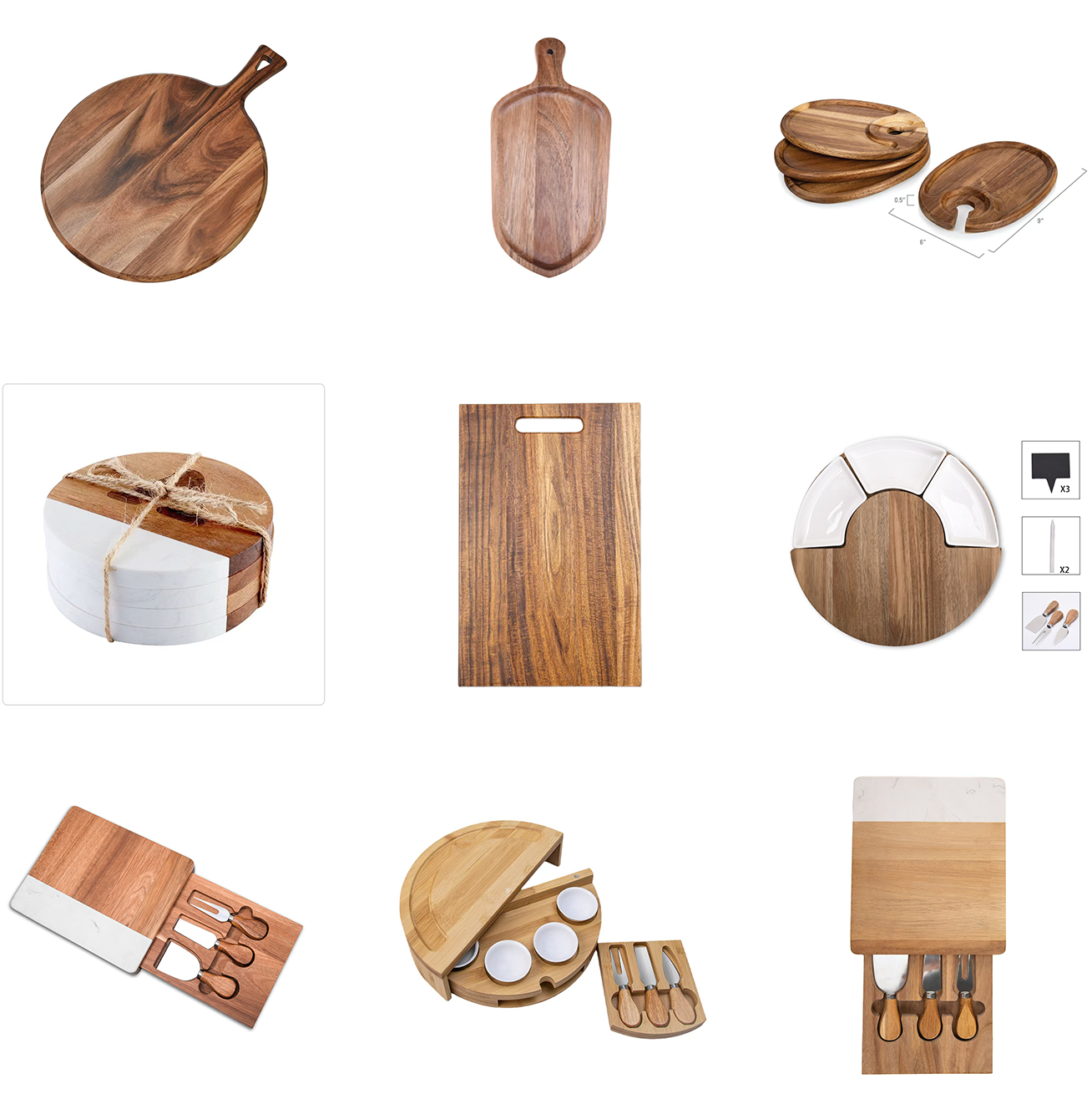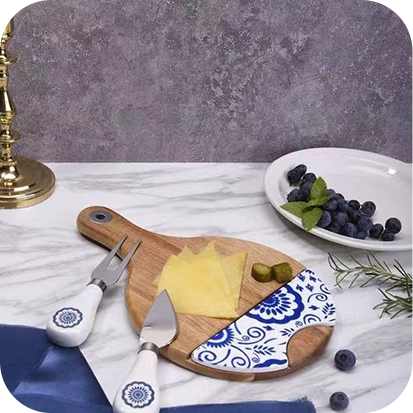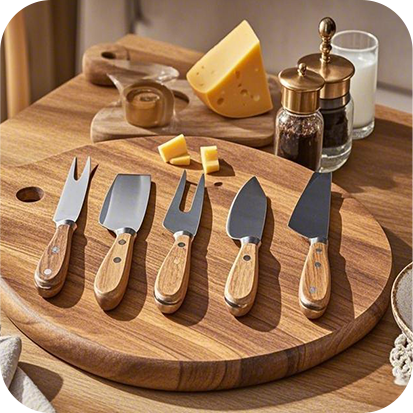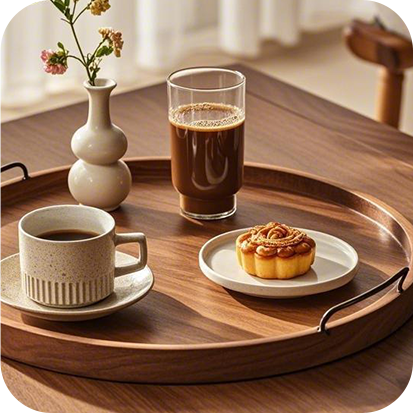Reversible Acacia Boards vs. Teak: Performance & Longevity in Professional Kitchens
Reversible Acacia Boards vs. Teak: Performance & Longevity in Professional Kitchens
In the fast-paced world of professional kitchens, equipment is judged not only by aesthetics or price, but by its real-world performance, durability, and ease of maintenance. When it comes to chopping boards, reversible Acacia and Teak boards are both popular choices, but which stands out under the pressure of commercial use?
Material Hardness and Knife Friendliness
Acacia boards are prized for their moderate hardness, which provides a balance: tough enough to resist knife marks, yet gentle enough to preserve knife edges. Teak’s renowned oil content and dense grain mean it’s slightly harder and more resistant to moisture penetration, a feature highly valued in restaurants and hotels. However, Reversible design Chemical-free Everlasting Premium wood cutting board innovations have made Acacia more resilient while remaining safe for kitchen staff, thanks to its non-toxic, chemical-free finishing.
Longevity: Which Lasts Longer?
Teak has a legendary reputation for longevity, especially in wet, demanding environments. However, modern reversible Acacia boards, especially those with engineered double-sided construction, are closing the gap. By alternating sides, chefs can extend board life, prevent warping, and distribute wear more evenly. This practical feature, found in both Acacia and Teak, is particularly valuable for large operations with multiple shifts.
Maintenance and Hygiene
Teak boards’ oily nature helps prevent deep staining and odor absorption. Still, professional kitchens increasingly favor Acacia’s natural resistance to bacteria and the availability of large, Double-use Raw Heritage Large acacia cutting board styles, which allow for better separation of meat and vegetables. Easy cleaning routines and the option for quick oiling keep Acacia boards looking new, even with daily sanitation.
Safety and Certification
Today, health inspectors demand boards that are not only durable but also demonstrably safe. Acacia boards featuring Contact safe custom Acacia wood Vegetable cutting board technology meet strict food safety standards, providing chefs peace of mind. Teak, while inherently safe, often comes with fewer certification and customization options, especially for food-specific labeling and unique OEM requests.
Commercial Value: Cost vs. Utility
In the long-term, both Teak and Acacia offer value through durability. But for high-turnover kitchens, Acacia’s lower up-front cost, combined with modern reversible and double-use engineering, often tips the scale. Reversible boards also reduce waste and replacement frequency—important factors in sustainability and cost control.
Practical Chef Feedback
Many chefs report that reversible Acacia boards are easier to rotate, lighter for daily handling, and more available in large, raw-cut sizes suitable for group meal prep. Teak is still revered for fine dining presentation, but for utility, flexibility, and scalability, Acacia is winning new fans in the professional market.
Want durable, safe, and high-performance cutting boards for your kitchen or retail business? Partner with one of the best Chinese OEM manufacturers—with 16 years’ experience producing wood kitchenware!
Contact us at info@justwoodencuttingboard.com or WhatsApp: +86 183 1248 3616 to order, sample, or discuss your custom OEM needs.
READ MORE:


Yangjiang Cuthaven Kitchenware Co.,Ltd
Yangjiang Cuthaven Kitchenware Co.,Ltd.
specializes in the production and export of high-quality metal and wooden kitchenware. With over 16 years of experience in the industry, we have established ourselves as a trusted partner for businesses worldwide.


















